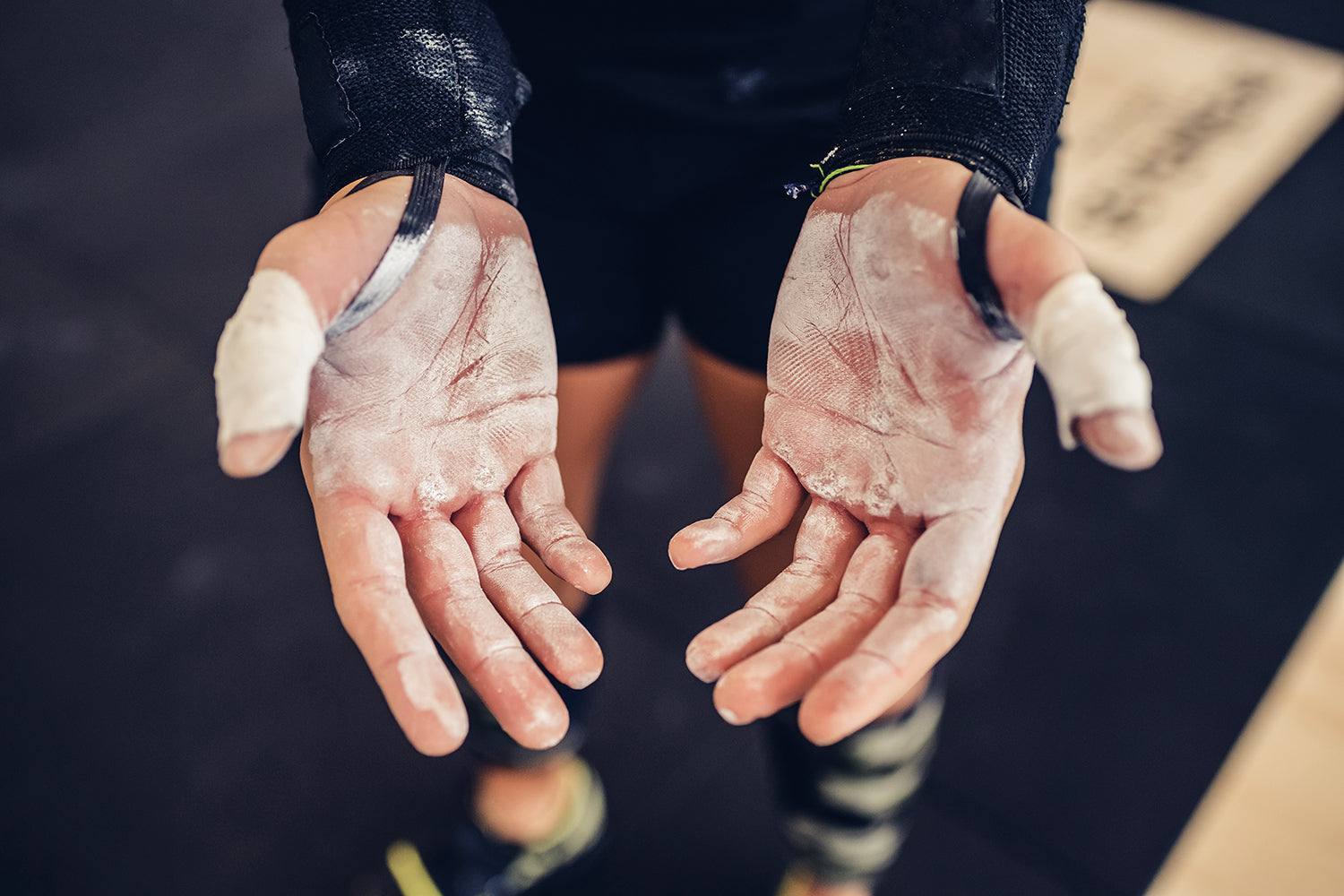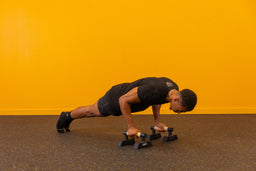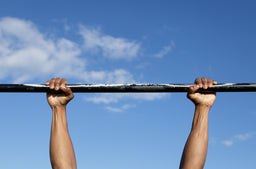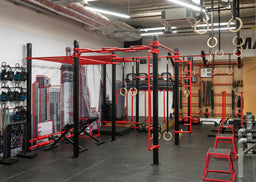
Hand care for calisthenics to prevent torn hands
Hand care for calisthenics to prevent torn hands
Those callouses are there to protect you, here’s how to look after your hands for rig and ring work.
Callouses are an inevitable part of your calisthenics journey (you could even say the two go hand in hand…) If you do any kind of rig or ring work, you can expect your hands to bear the brunt, especially in the early days as your skin gets used to gripping the bar.
Hand care is an integral part of calisthenics, CrossFit, and gymnastics, and actually has a really interesting history. Let’s take a look back at it (gardening gloves and all) so you can create your own best-practice hand care routine.
Callouses and calisthenics
Why do we get rough skin and callouses doing calisthenics and gymnastics work? It’s quite simple. All of a sudden, the skin on our hands is being compressed and curled around a bar, carrying our full body weight for dozens of reps. Mix in sweat and humidity and you can see why the skin on our hands might suffer.
Callouses and rough skin aren’t a problem unless they rip, tear, or get infected. It’s worth understanding the various hand-care options out there so you can look after your hands and prevent tears.
The history of hand care in calisthenics
Calisthenics and gymnastics are two of the oldest sports in physical culture. Modern methods of hand care like gymnastics grips, foot files and hand salve are relatively new inventions. So how did athletes back in the day look after their hands? Fun fact: before specific grips and tape were invented, many athletes favoured wearing rubber coated gardening gloves to protect their hands and add grip. But thick gloves will mess with your grip strength, so it’s best to care for your hands so you can use thin grips (or nothing at all).
Why is hand care important for calisthenics
If rig or ring work is part of your training, you should make time for hand care. Just like brushing and flossing your teeth is a regular habit, make hand care a similar priority. Looking after your hands every few days will prevent callouses from building up too much, which in turn will stop them from ripping and causing big problems.
5 tools and techniques for hand care and callouses
1 Smooth your skin. Keep rough areas of skin filed down with a pumice stone, foot file or similar. Do this 2-3 times a week to make sure there are no hard lumps of skin which can catch on the bar.
2 Shave your callouses. It’s a bit disgusting, but actually shaving individual callouses down will really help you maintain your hands and stop the callouses from getting to the point of no return.
3 Use chalk. If you decide not to wear grips, use a bit of chalk to stop your hands from getting sweaty. Don’t use too much as this can actually create more friction.
4 Use grips. You might decide that you want to wear something on your hands (it’s a personal preference). Aim for a thin layer rather than gloves – something like gymnastics grips or even tape.
5 Adjust your grip. Look at how you grip the bar, rig or rings. The surface should be at the base of your fingers, not in the palm of your hands. Lots of people are simply gripping incorrectly and this leads to sore hands.
Benefits of no grips for bar work
There are pros and cons to wearing grips for bar work. Plenty of people prefer not to use anything. Ask a coach to take a look at your grip positioning and grip strength with and without. For some people, removing the grips or straps can transform their rig work and help you perform movements properly, which in turn will protect your shoulders.
What to do about torn hands and ripped callouses
So you’ve torn a callous – what next? Give it a good wash (yes, it will sting) because gyms aren’t always the most hygienic of places. Dry it well. Trim any excess skin carefully to prevent it from catching and tearing any further. If it’s small and more like a blister, leave it be.
It’s important to keep the tear moist – dry skin will tear even more. Use hand cream, salve, or any similar product to stop the skin from drying out. Put gloves or long socks over your moisturised hands overnight to help the process.
If you need to keep training, pop on a synthetic skin patch (like the “new skin” ones they make for bad blisters) and crack on. But if you can rest it for a few days, it will heal more quickly.
The best way to look after your hands for calisthenics
Pumice or file rough skin regularly (at least once a week) to keep one step ahead of callouses. Shave down any big or persistent areas. Moisturise your hands with a thick cream or balm, ideally overnight so it can sink in. And then give your hands time to get use to the work – it won’t always be painful, we promise!
Check out the Gravity Fitness store for functional fitness equipment and calisthenics kit including pull up bars, pull up racks, and wooden gymnastics rings.







